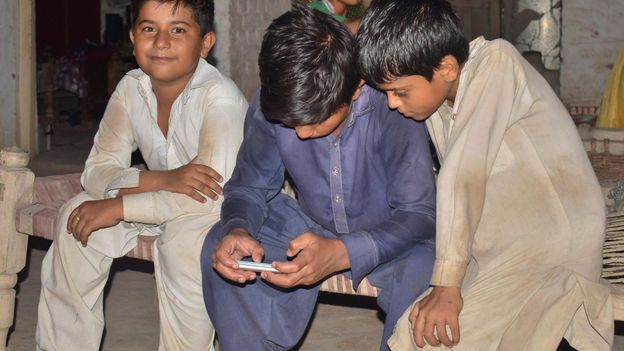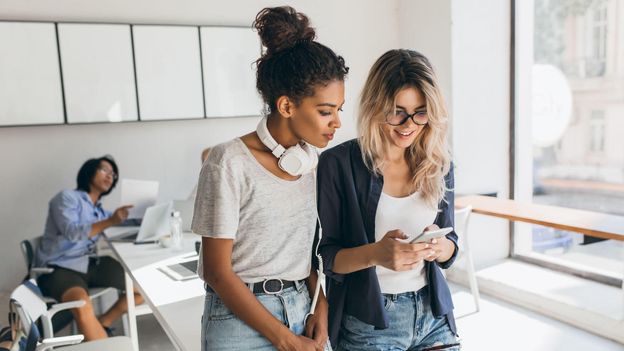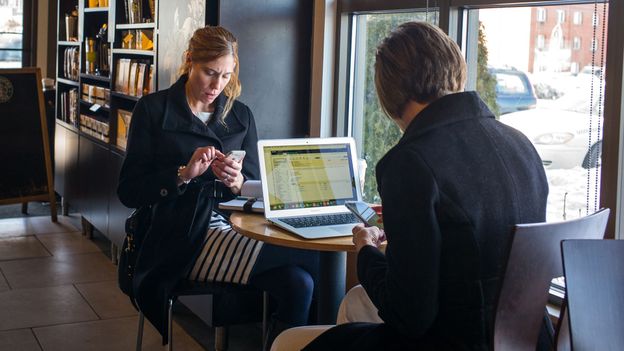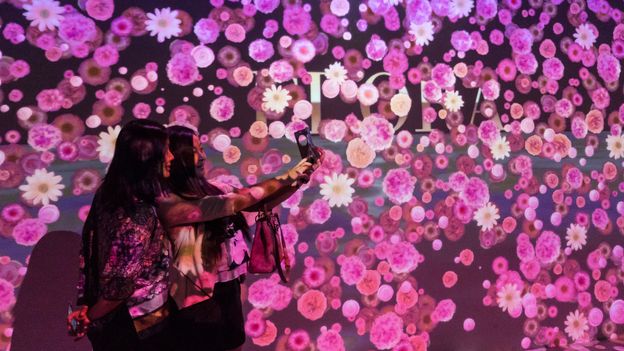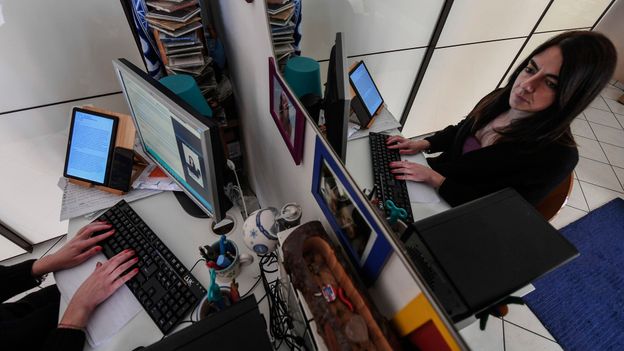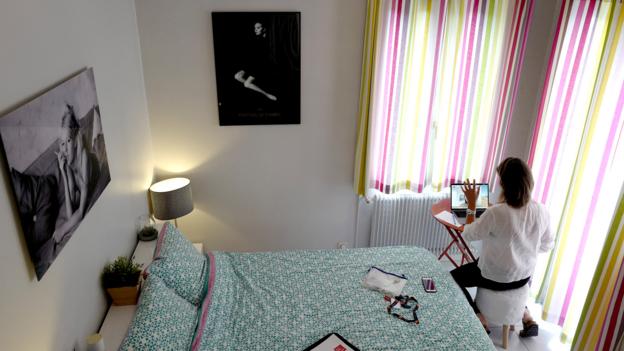Launched on 13 April just two weeks after schools closed, the channel runs on state-owned PTV Home, which has a subscriber base of over 54 million people, and broadcasts content for grades 1-12, sourced for free from four Pakistani ed-tech companies. A text messaging system with 250,000 subscribers was added in late May so parents and students could engage with dedicated teachers.
“We’re also now working towards starting a radio school so that we can have some remote areas accessed,” Federal Education Minister Shafqat Mahmood told the BBC, adding that an e-learning portal with digital content available on demand and a local area network system to deliver content to the poorest regions were both in the works. A “student relief package” with low-cost internet packages and reduced duties on smartphones had been placed before the prime minister for approval, he added.
Initial funding for Teleschool came from a $5m World Bank grant, advisor Arif says, while a $20m grant has been secured from the Global Partnership for Education, a multilateral funding platform focused on developing nations. Discussions were ongoing with the World Bank for longer-term assistance of $200m to support learning in “districts with inequities”, Arif says.
But for now, the struggle is very real for millions of Pakistan’s children.
Ten kids, one smartphone
Through April, one seventh-grade student at a low-cost private school in a northwestern Pakistani district received her homework on her father’s smartphone. Then her father was called back to work at his out-of-town job and the family’s only internet-enabled device was now 400km away. “I just spend most of my time now working on improving my handwriting,” says the student, whose name is being withheld for security reasons.
Even households with smartphones are facing problems. One middle-aged woman, a former teacher from Lahore, says she has one smartphone and 10 kids to teach in the home where she lives with her extended family. “All the children are in different classes and have to be taught different material,” she says. “Sometimes we can borrow the grandparents’ phones but most of the time they all have to use my phone.”
A 15-year old boy from Gujranwala, north of Lahore, says he uses his older brother’s phone to view educational videos. “But my brother is always on TikTok and he gets really annoyed when I ask for his phone,” he says.

